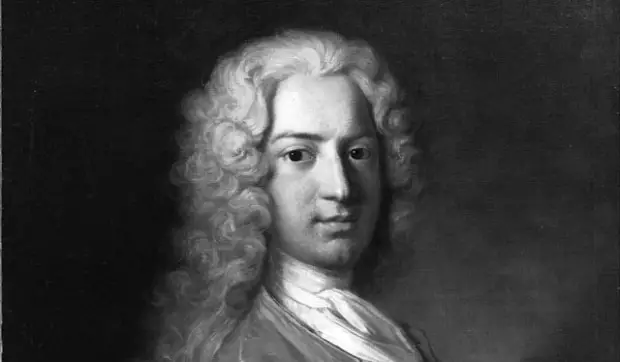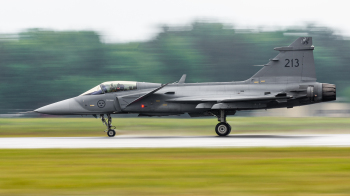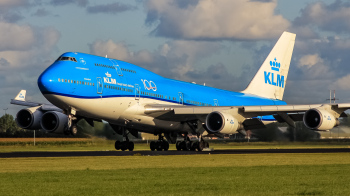Bernoulli's equation is a fundamental principle in fluid dynamics that describes the relationship between the speed, pressure, and height of a moving fluid. It is named after the Swiss mathematician and scientist Daniel Bernoulli, who derived the equation in the 18th century. Bernoulli's equation is widely used in a variety of fields, including engineering, aviation, and meteorology, and is an important tool for understanding the behavior of fluids in motion.
Bernoulli's equation is based on the principle of conservation of energy, which states that energy cannot be created or destroyed, only converted from one form to another. In the case of a fluid in motion, energy is converted from potential energy (due to the fluid's height) to kinetic energy (due to the fluid's speed).
Bernoulli's equation can be written as:
P + 1/2ρv^2 + ρgh = constant
Where:
P = pressure of the fluid
ρ = density of the fluid
v = velocity of the fluid
g = acceleration due to gravity
h = height of the fluid above a reference point
The equation shows that the sum of the pressure, kinetic energy, and potential energy of a fluid in motion is constant. This means that as the velocity of the fluid increases, the pressure must decrease, and vice versa.
Bernoulli's equation can be used to explain a variety of phenomena in fluid dynamics, including the lift of an airplane wing, the flow of water through a pipe, and the motion of a baseball through the air. For example, when an airplane is in flight, the air flows over the curved top of the wing faster than it flows over the flat bottom of the wing. According to Bernoulli's equation, this means that the pressure on the top of the wing is lower than the pressure on the bottom, resulting in an upward force on the wing, known as lift.
Bernoulli's equation was first derived by Daniel Bernoulli in his book "Hydrodynamica," which was published in 1738. In the book, Bernoulli used the principle of conservation of energy to describe the motion of fluids, and derived the equation that bears his name.
Bernoulli's equation has been refined and modified over the years, but it remains a fundamental principle in fluid dynamics and is widely used in a variety of fields. It is a testament to the lasting impact of Bernoulli's work, and the enduring importance of his equation in the study of fluids in motion.







Comments